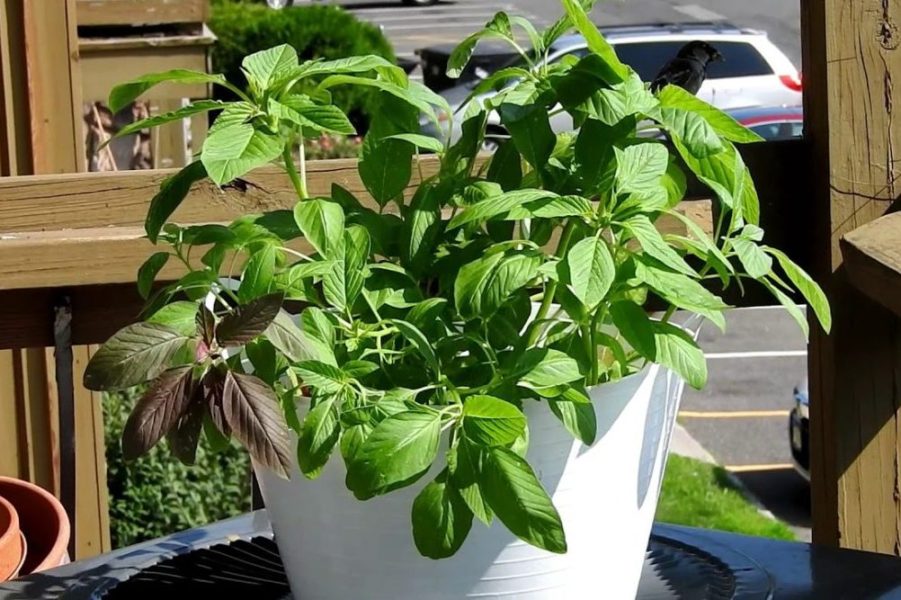General Information
- Category- Vegetable, Salad, Herb, Leafy Greens
- Binomial Name- Amaranthus cruentus, Amaranthus hypochondriacus, Amaranthus caudatus, Amaranthus hybridus
- Common Names- Amarantus, Amaranthus, Chaulai
- Spread- 12-24 inches**
- Height- 36-48 inches**
- Average Production- 250-500 grams per plant
- Days to Maturity- 20-30 days
Nutrition Values:
- Calories: 23
- Water: 92%
- Protein: 2.46 grams
- Carbohydrates: 4.2 grams
- Sugar: 1.69 grams
- Fiber: 6.7 grams
- Fat: 0.33 grams
Vitamins
- Vitamin C- 4.2 mg
- Vitamin A- 2920IU
- Vitamin E- 1.19 mg
- Vitamin B1- 0.116 mg
- Vitamin B2- 0.2 mg
- Vitamin B3- 0.923 mg
- Vitamin B5- 1.457 mg
- Vitamin B6- 0.591 mg
- Vitamin B9- 82 μg
Minerals
- Potassium- 508 mg
- Calcium- 159 mg
- Iron- 7.61 mg
- Manganese- 3.333 mg
- Magnesium- 248 mg
- Phosphorous- 557 mg
- Sodium- 4 mg
- Zinc- 2.87 mg
- Selenium- 18.7 μg
*The values are standard average per 100 grams and might change a bit.
Environmental Requirements:
- Soil- Loamy
- Soil Moisture- 20%
- Soil pH- 6.5-7.5
- Sun Requirements- Full Sun
- Best Time to Plant- Early Summer
- Temperature range – 22-30 Celsius
Tips to Grow Amaranth Leaves:
- Arrange good quality of amaranth seeds.
- The soil should be loamy and well-drained in nature, neither too wet nor too dry.
- Directly sow seeds 0.25 inches deep in the soil. Seeds should be 4 inches apart. Seedlings emerge in 7-12 days.
- Amaranths don’t require any feeding. In fact, excessive nitrogen will cause the plants to become leggy and less suitable for harvesting.
- When harvesting the leaves, make sure to leave the crown and some leaves around the top to continue growing. Or, you can cut the whole plant down off at ground level when it is 1 to 2 feet tall.
- To harvest grains, let the plant go all the way to flower. Keep an eye on the flowers as they bloom and then begin to die back. Before they all turn brown, cut the flowers off and place them in bags, where they will dry.
- Shake the bag once they are dry, or knock the seeds loose over a cloth. Rinse away the dried seed “chaff” and enjoy your grain harvest
Other Uses of Amaranth:
- Amaranth seeds are used as grains.
- Amaranth is used to produce oil.
- Amaranthus grains are gluten free having high protein and good for diebetic patients.
- Provides a number of health benefits and is used in the deceases like ulcers, diarrhea, high cholesterol etc.
References:
- https://fdc.nal.usda.gov
- https://iari.res.in
- https://www.researchgate.net
- Texbook of Vegetables by B.R. Chaudhary
** The values are standard values but might change based on the environmental conditions.



Aw, this was a really good post. Finding the time and actual effort to generate a great article…
but what can I say… I hesitate a lot and never manage to get nearly anything
done.